This website uses cookies so that we can provide you with the best user experience possible. Cookie information is stored in your browser and performs functions such as recognising you when you return to our website and helping our team to understand which sections of the website you find most interesting and useful.
Galápagos Islands – Remote TeleEEG Service Connected
Galápagos Islands – Remote TeleEEG Service Connected
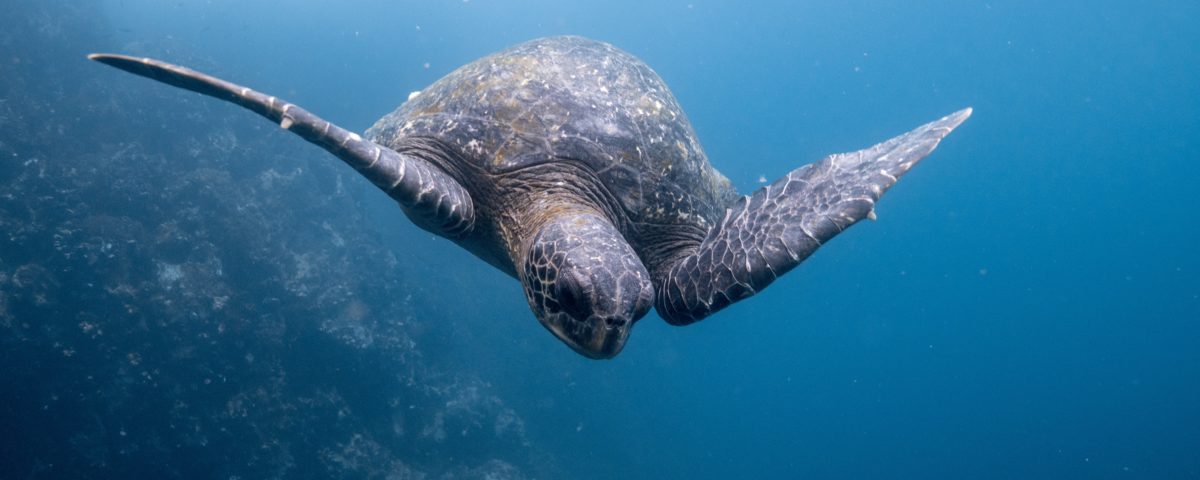
The wild and undulating lava landscapes of the Galápagos Islands lie 600 miles from the coastline of Ecuador. The ecosystem of this infamous archipelago has been studied for over 180 years, since British naturalist Charles Darwin first visited in 1835 on the HMS Beagle.

Darwin’s observations of wildlife on the island inspired his theory of evolution by natural selection. Best known for its combination of tropical and temperate climates, and vast array of endemic species, the islands located near the equator are extremely isolated with a population of 40,000.

It is not just the wildlife living here that must adapt, people are also faced with challenges of finding ways to continually adapt to the remote and challenging environment.
The challenges faced by those with epilepsy and complex neurological diseases living on the islands are further compounded by geography and isolation. Lack of resource for epilepsy diagnosis and management mean that Latin America in general carries a significant epilepsy treatment gap, Ecuador in particular.
It is estimated that, in Latin America and the Caribbean more than half of people with epilepsy do not receive any type of care in health services (source PAHO, 2011; PAHO/ILAE/IBE, 2013). Ecuador is one of the smaller countries of South America in the North-West, its land mass is slightly greater than the UK, with a population of 17.7 million. Quito is the capital, and TeleEEG’s first-foot pilot expedition to Ecuador in January 2022 was to set-up clinic in Tena, South-East of the capital.
By special request of partnership organisations working with the local Government’s Social Development agenda, Desarrollo Social, team TeleEEG attended on 22nd July 2022 to deploy EEG resources, equipment and training for the medical team at the hospital República del Ecuador in Santa Cruz.
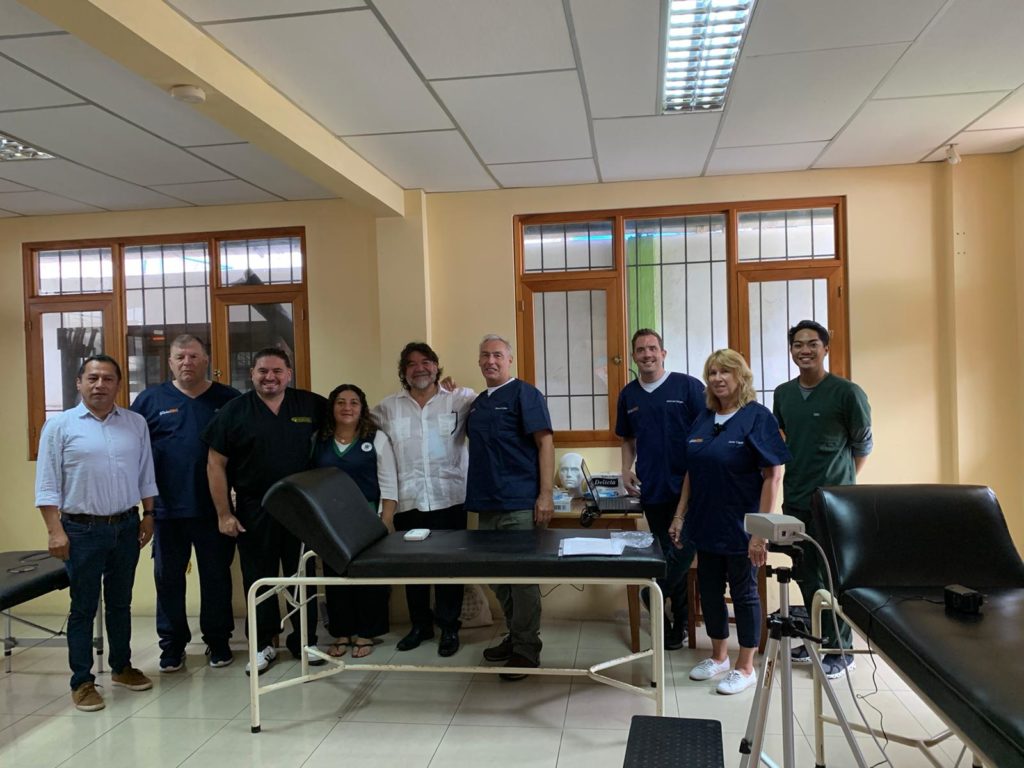
Supported and enabled by generous donations made by Dr Steve Coates, TeleEEG Founder/CEO and partner organisation ROW Foundation, we extend our gratitude to all those involved in helping address the epliepsy treatment gap in under-resourced countries worldwide.
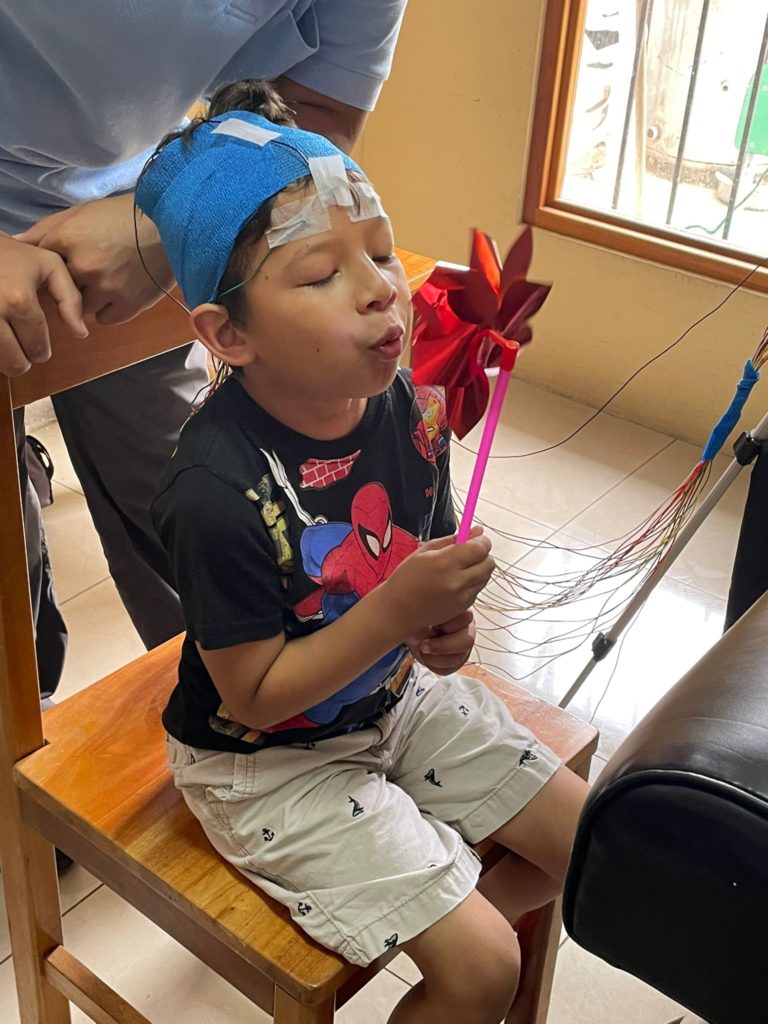
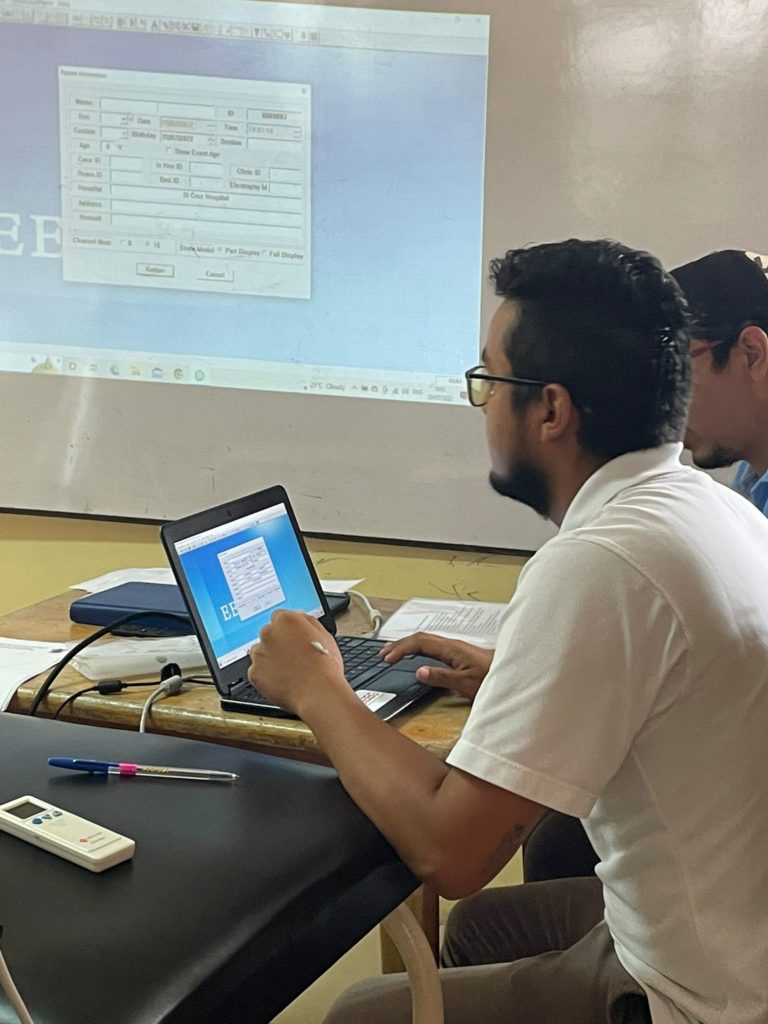
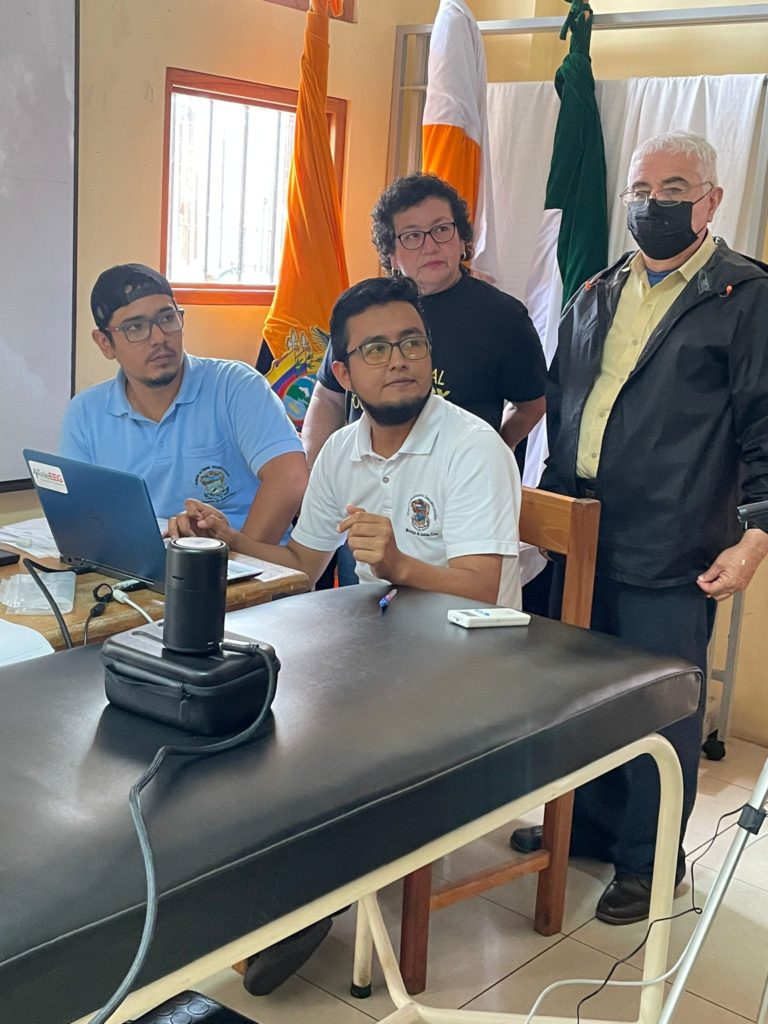
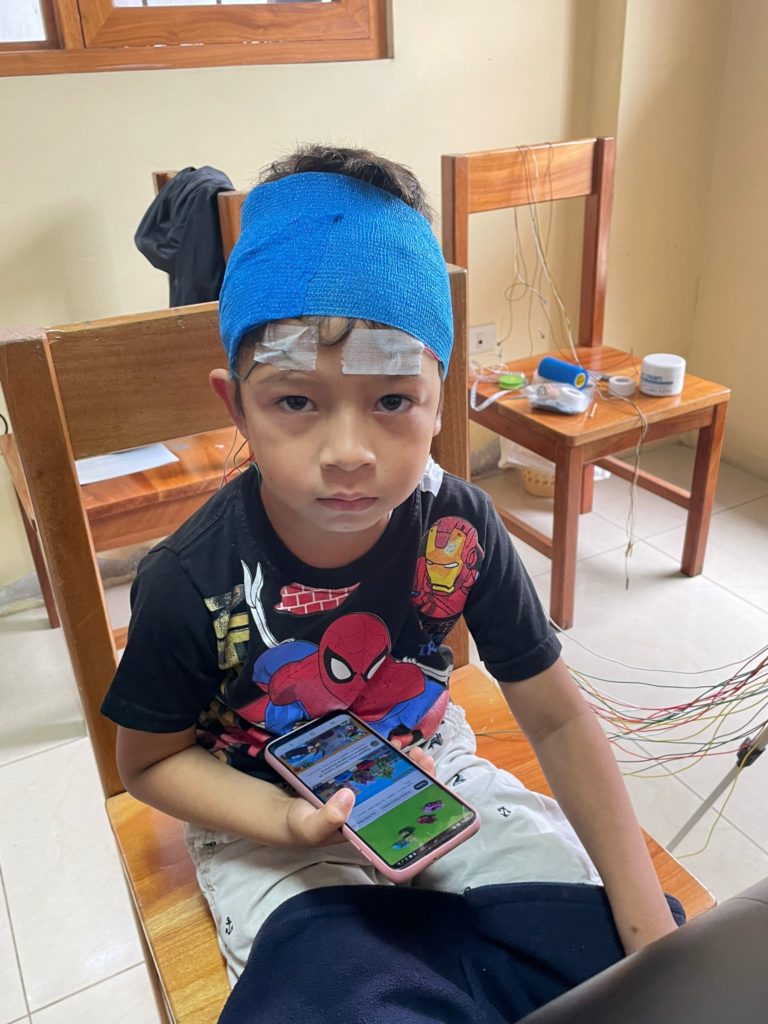
Could you help TeleEEG by making a donation, or volunteering your time to interpret remotely online?
If you would like to help, please:
1. Become a volunteer interpreter – remotely report on 1 or 2 cases per week.
2. Pledge a small regular monthly financial gift to help set-up new clinics ongoing
3. Make a one-off donation of £1,500 to £6,000 to enable a TeleEEG clinic
4. Donate used equipment and resources.
5. Help train staff in local clinics worldwide.
6. Follow and share our progress: @teleeeg on Twitter, Facebook, LinkedIn, www.teleeeg.org
** Read more about our expedition in Tena, Ecuador in the Amazon Basin Rainforest **
For further information, please contact: charlotte.stow
Epilepsy: A public health imperative. Geneva: World Health Organization (WHO); 2019.
“People with epilepsy, their families, and the community need to be aware that seizures can be stopped. Seizure control requires the correct diagnosis, initiation of appropriate treatment for the epilepsy and comorbidities, and careful follow-up, with the ultimate aim of suppressing seizures and improving quality of life.
Epilepsy is a treatable condition. Up to 70% of people with epilepsy can become seizure-free with appropriate diagnosis and use of cost-effective, and commonly available, antiseizure medicines. This can lead people with epilepsy to continue, or return to, a full and productive life.”






